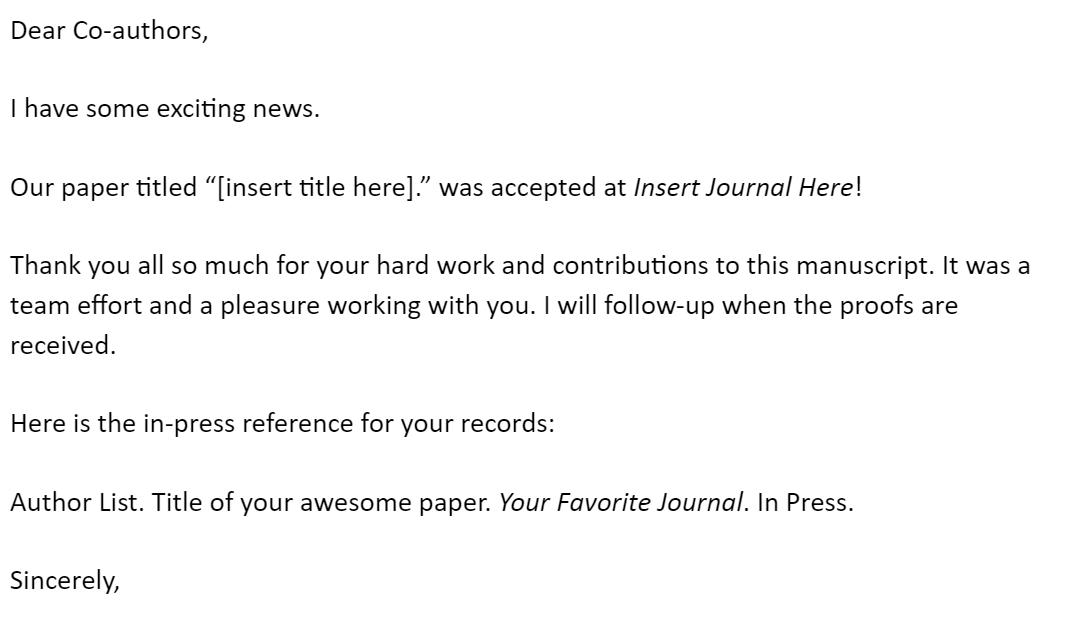@rwyeh @boback @JeremySussman @hmkyale @MuntnerPaul @DaichiShimbo @berthahidalgo @angiefagerlin @rhessmd @JDodsonMD @jordy_bc @kejoynt
Here are some things we came up with:
- Leaving off an important co-author by mistake
- Sending a draft manuscript to co-authors that is not polished enough (eg, "this is a mess")
-Sending a draft manuscript that is “too polished” or too far along (eg, "I would have like to have been engaged earlier")
- Pinging/engaging coauthors enough so that they feel engaged and included but not too much where they are overburdened/annoyed with the amount of communication
-Making sure you have everyone’s approval before submitting a manuscript to a journal (this is important)
- How to handle conflicting co-author comments
- How to handle non-responsive co-authors
This includes background/rationale, aims/hypothesis, data sources and rationale for why the data are well-suited for the particular question, and brief statistical analysis plan and table shells.
What kinds of things do you say when inviting co-authors to participate in a manuscript at this stage?
You can even ask co-authors the extent to which they would like to be involved.
-Establish author order
-Engage co-authors early so that they had a chance to provide their input on the hypothesis and overall direction of the work before any data analysis have begun
- Major feedback/changes are requested
- Minor feedback/changes are requested
Then, after major comment are addressed, we would send the revised analysis plan back out to co-authors for a 2nd round of comments.
Our experience is that step 5 is an iterative process working with a senior mentor or perhaps 1-2 other close colleagues to work out initial bug/snags in the analysis
It also helps re-solidify author order and roles (thanks @JeremySussman) that should have been done in the proposal phase
But you have to be careful here; you don't want to go down too many rabbit holes regarding too many secondary anaylses
How much time do you usually give co-authors for comments on 1st drafts of manuscripts? @KBibbinsDomingo @DaichiShimbo @berthahidalgo
Depending on the number and style of co-authors, a few things could have happened:
What do people think about this?
If only a few minor comments-->we usually move on to penultimate draft phase
If several, more substantive comments--> we usually send out for another rd of co-author review
Journal selection conversations can begin here or, ideally, earlier, perhaps when the first draft is sent out.
Thanks to all that participated!
And thanks to my role-model mentors who taught me these things @rhessmd @DaichiShimbo @MuntnerPaul @slcrubes (others who are not on twitter)
medicine.utah.edu/faculty-dev/pr…














